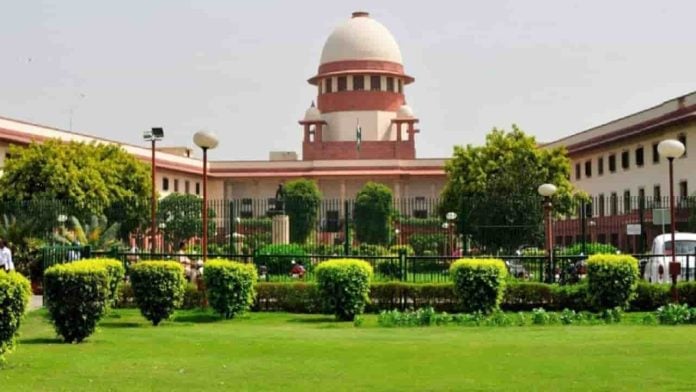The Supreme Court has asked all the High Courts and tribunals across India for following a uniform format for the orders and judgement. The court has also urged to number the paragraphs in their orders/ judgments.
A bench consisting Justice Krishna Murari and Justice Ahsanuddin Amanullah have issued directions in this regard to the registrars of all the High Courts.
The Court said that it is expected from the Court and tribunals, to number paragraphs in all Orders and Judgments in seriatim .
The Secretary General will circulate this judgement to the learned Registrars General of all High Courts, to place the same before Hon’ble the Chief Justices, to consider adoption of a uniform format for Judgments and Orders, including paragraphing.
It adds that the Chief Justices may direct the Courts and Tribunals subordinate to their High Courts accordingly as well.
The directions came in an appeal against a 2010 Punjab & Haryana High Court order in which the paragraphs were not numbered.
The Apex Court in its verdict has set aside the High Court order which upheld a 1995 General Security Force court (GSF court) ruling.
That GSF court ruling had found the appellant, a President’s medal awardee and BSF member, was guilty in connection with the smuggling of controlled substances case.
The Top Court stressed on the doctrine of proportionality in its judgment, while observing that the man had served the forces for nearly 32 years with an unblemished record prior to the incident.
The punishment of suspension of retiral benefits and pension, therefore, was found to be excessive given the lack of direct and cogent evidence against the appellant.
The respondents were been directed to make all payments due to the petitioner within twelve weeks.
In August 2022, a bench led by Justice DY Chandrachud who was then a Supreme Court judge had laid out some guidelines on rules on writing.
The Court had emphasised the importance of coherent formatting, structuring and referencing in making judgments easier to read.
.


